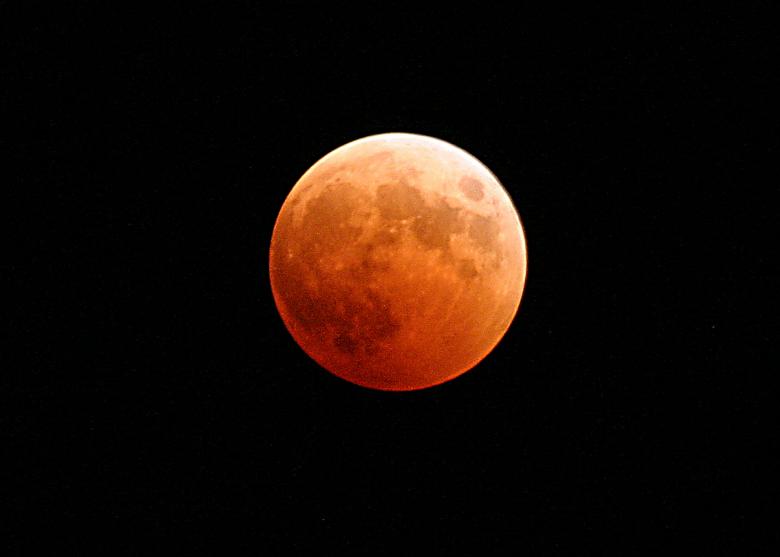Lunar Eclipses
The newest eclipse occurred on November 8, 2022.
December 7, 2022
Lunar eclipses are space wonders that amaze the world. Only recently did its beauty come out once again on Nov. 8, 2022.
There are three types of eclipses: total lunar eclipse, partial lunar eclipse and penumbral eclipse. The latest one was remarkably a total lunar eclipse. This type of eclipse appears when the Sun, Moon, and Earth align concurrently so the Moon moves into the inner part of our planet’s shadow, in other words, the umbra.
Lunar eclipses are also referred to as “Blood Moons” due to the red hue of the moon. This is because colors are with different wavelengths. Blues and violets contain the shortest wavelengths with the highest frequency, making these colors able to easily disperse. On the other hand, red and orange have the longest wavelengths and shortest frequencies. However, only reds and oranges can go through the Earth’s atmosphere, the rest are not able to make it through, due to their length. Because the Moon is within the Earth’s umbra, the eclipse develops a reddish and orangish hue. The more dust and clouds in our atmosphere, the redder it will become. This anomaly is known as Rayleigh scattering. This is the same miracle that allows us to experience sunsets, sunrises, and our everyday blue sky. It is almost as if the Earth’s sunrises and sunsets are casting on the Moon.
Astonishingly, this eclipse was on the same day as Election Day in the U.S. This coincidence has never happened before and won’t happen again until 2394. This space show is so rare that it only happens about four to seven times a year. This recent total lunar eclipse happens to be the last until March 15, 2025, although there will be several partial and penumbral eclipses along the way, so stay on the lookout.







